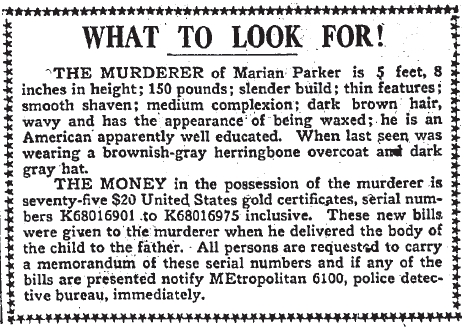Redlands
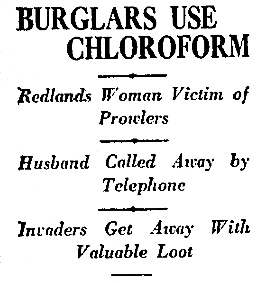 Well-known automobile distributor Lawrence S. Ferguson, 20 San Gorgonio Drive, was called to the telephone today. A hoarse-voiced “Mr. Morris” declared that his auto had broken down five miles outside of town and that Lawrence’d better come quick. Apparently Lawrence always does as he’s told, because he hot-footed it out of town.
Well-known automobile distributor Lawrence S. Ferguson, 20 San Gorgonio Drive, was called to the telephone today. A hoarse-voiced “Mr. Morris” declared that his auto had broken down five miles outside of town and that Lawrence’d better come quick. Apparently Lawrence always does as he’s told, because he hot-footed it out of town.
But the hoarse-voice chap wasn’t five miles outside of town; he had instead hightailed it over to Lawrence Ferguson’s home. Hoarsey and a buddy paid a visit to the abandoned Mrs. Ferguson, where they stuffed a large wad of chloroform-soaked cotton in her mouth and nostrils, knocking her out and, according to authorities, did so nearly permanently, which would have added murder on top of robbery, and making prank phone calls.
The robbery part, incidentally, netted the robbers three diamond rings worth $1,800 ($19,854 USD 2006) plus a silver saxophone, some jeweled wristwatches, overcoats, the money hidden in the mattress (how many times do we have to tell you people?) (and not in the Bible, either) and Mr. Ferguson’s revolver. And his Stradivarius, valued at $400 ($4,411 USD 2006).


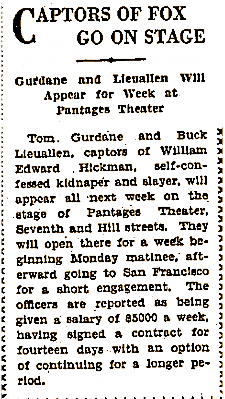

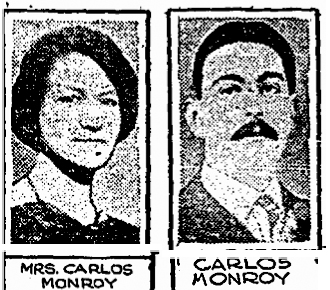

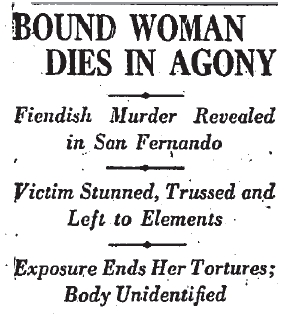 The body of an unidentified woman was discovered off of Mulholland St. (now called Foothill Blvd.) in San Fernando today.
The body of an unidentified woman was discovered off of Mulholland St. (now called Foothill Blvd.) in San Fernando today.



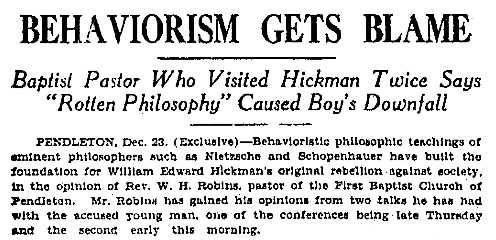


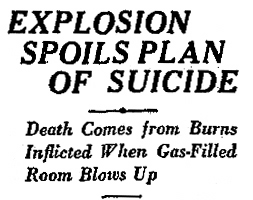 Oh dear, here’s
Oh dear, here’s 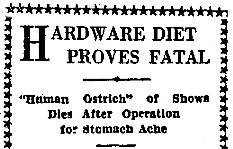 And oh my, it seems one of my favorite attractions of the stage, Sidney Barnes the Human Ostrich, has expired in New Orleans. After complaining of stomach pains, the Homo Struthio underwent an operation to remove a cigar box full of bolts, carpet tacks, razor blades, washers and nails from therein—Barnes did not emerge alive. Guess
And oh my, it seems one of my favorite attractions of the stage, Sidney Barnes the Human Ostrich, has expired in New Orleans. After complaining of stomach pains, the Homo Struthio underwent an operation to remove a cigar box full of bolts, carpet tacks, razor blades, washers and nails from therein—Barnes did not emerge alive. Guess 

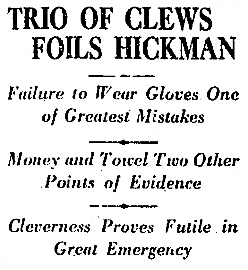


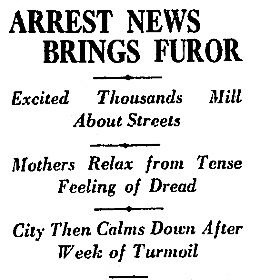
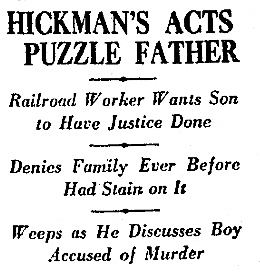
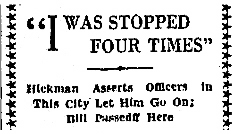

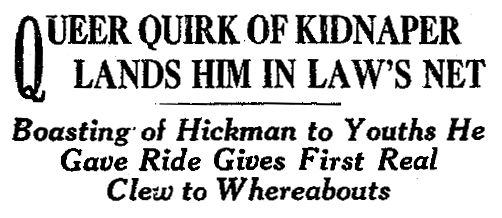



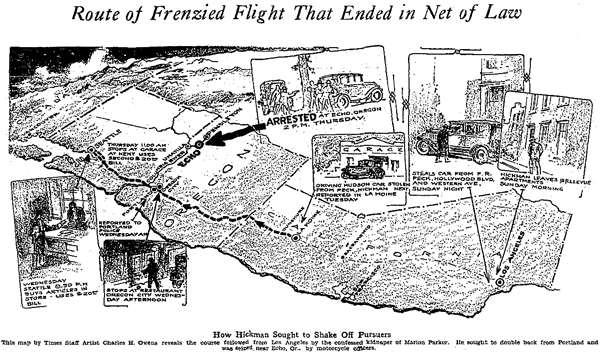


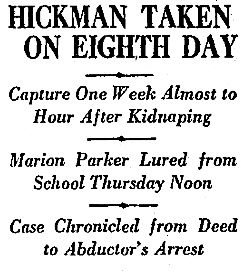
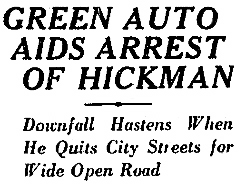


 Superintendent of Schools Susan Dorsey spoke out on behalf of Mary Holt, registrar at the Mt. Vernon Junior High, saying, "I spoke with Mrs Holt, and am satisfied that I would have acted as she did if I were confronted with the same circumstances."
Superintendent of Schools Susan Dorsey spoke out on behalf of Mary Holt, registrar at the Mt. Vernon Junior High, saying, "I spoke with Mrs Holt, and am satisfied that I would have acted as she did if I were confronted with the same circumstances."
